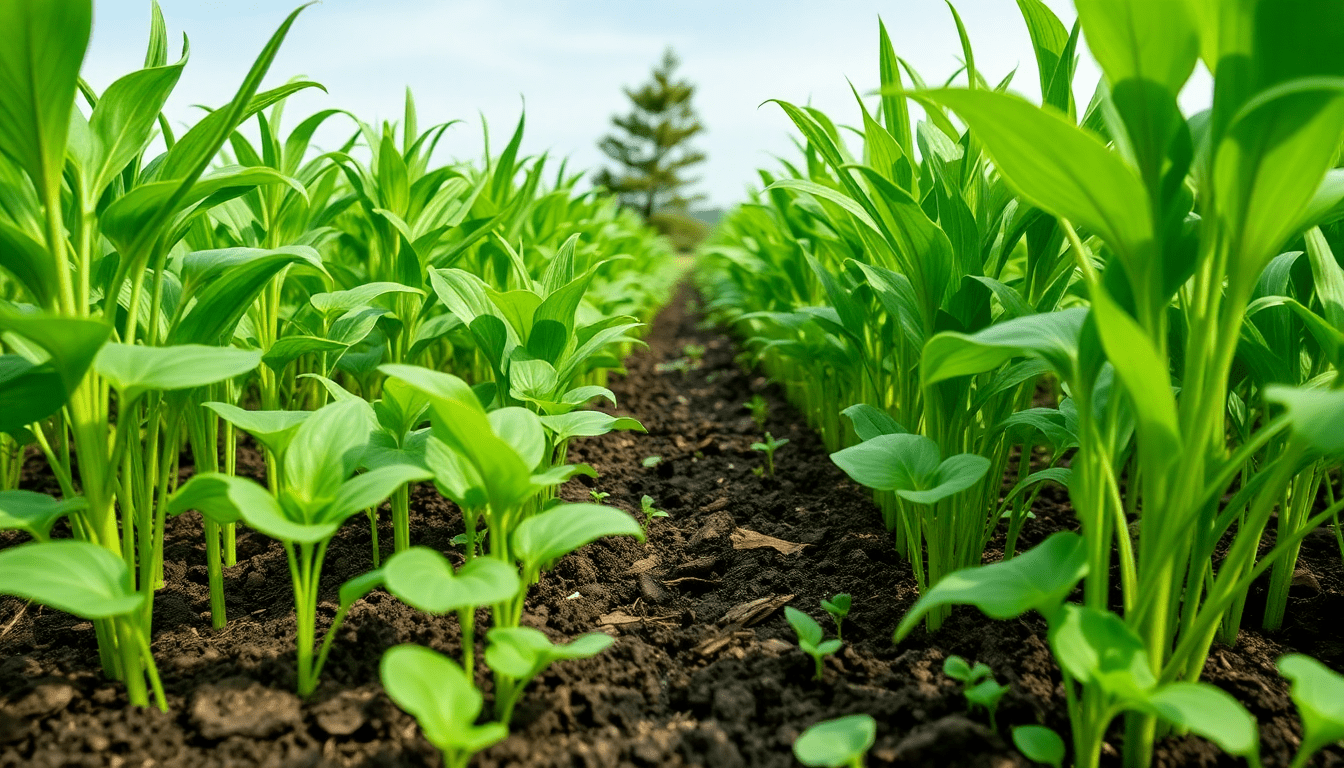
Healthy Soil, Healthy Crops, Healthy Guts: Exploring the Soil–Plant–Human Microbiome Continuum
Healthy Soil, Healthy Crops, Healthy Guts: The Full Soil–Plant–Human Microbial Continuum
The soil beneath our feet is teeming with life that goes far beyond what we can see. This hidden world of microbes connects the health of soil, plants, and ultimately, humans in a remarkable relationship called the soil plant human microbiome continuum. Understanding these microbial connections helps us appreciate how our environment impacts our gut health and overall well-being.
Understanding the Soil–Plant–Human Microbiome Continuum
The soil plant human microbiome continuum is the natural flow and interaction of microbes from soil through plants to the human gut. Soil microbes play a vital role by supporting plant growth and protecting crops from diseases. Healthy plants with diverse microbes on and inside them provide beneficial bacteria to humans when consumed.
Soil microbes break down organic matter and cycle nutrients, which nourishes plants. As plants absorb these nutrients, they also interact with soil microbes that influence their health. When we eat plants, the microbes associated with them contribute to our gut microbiome, helping digestion, immune function, and nutrient absorption.
The Role of Microbial Diversity in Agriculture
Microbial diversity in agriculture refers to the variety of bacteria, fungi, and other microorganisms living in the soil and on crops. A rich and balanced microbial community encourages soil fertility and resilience against pests or stress.
Farms with high microbial diversity see better soil structure and crop yields. For example, legumes like beans and peas thrive because nitrogen-fixing bacteria create natural fertilizers. Similarly, healthy wheat and corn crops benefit from fungal partners that enhance nutrient uptake.
Maintaining microbial diversity means healthier soil environments that support plants and, eventually, humans who rely on these crops for nourishment.
One Health Microbiome and Its Impact
The One Health microbiome concept highlights the interconnectedness between environmental, plant, and human health. It reminds us that the well-being of people depends on the health of ecosystems and the organisms within them.
Microbiomes, including those in soil, plants, and humans, help prevent diseases by boosting immunity and regulating harmful organisms. For example, healthy soil microbes reduce the need for chemical pesticides, leading to food free from harmful residues that could disrupt human gut balance.
Promoting a One Health microbiome means caring for the environment, farming practices, and our personal health all at once.
Sustainable Agriculture and Gut Health
Sustainable agriculture supports the soil plant human microbiome continuum by using farming methods that protect and boost microbial health. Practices like crop rotation, reduced chemical use, and organic amendments help maintain soil vitality.
These techniques create thriving conditions for diverse microbes, which leads to robust crops full of beneficial bacteria. Consuming such crops supports gut health by introducing good microbes to the digestive system.
Thus, sustainable agriculture directly links to better gut health by maintaining healthy soil and plants.
Gut Health and Soil Microbes: The Hidden Link
Soil microbes impact our gut health more than we realize. The beneficial bacteria found on fresh, microbiome-rich foods come from healthy soil. Eating these foods introduces helpful microbes into our digestive systems, supporting digestion and immune defenses.
In today’s world, many diets lack exposure to these microbes, making gut health a growing concern. Addressing this starts with understanding individual gut microbiomes through testing.
InnerBuddies offers personalized microbiome tests that decode your unique gut microbial makeup. With tailored insights, you can improve your gut health by choosing foods and habits that nurture your inner ecosystem.
Taking Action: Promoting a Healthy Microbiome Continuum
Farmers can promote microbial health by adopting sustainable methods such as crop rotation, cover cropping, and organic composting. These practices maintain microbial diversity in the soil.
Consumers should support sustainable agriculture by choosing organic and locally grown produce, ensuring they get nutrient-rich, microbe-friendly foods.
Individuals can take control of their health by using tools like InnerBuddies’ microbiome test. This test guides you to personalized lifestyle changes that enhance your gut health and overall wellness.
Conclusion
The soil plant human microbiome continuum shows us the powerful link between healthy soil, thriving crops, and human gut health. Embracing sustainable farming and supporting microbial diversity benefits the environment and our bodies.
By understanding these connections, we can all contribute to a healthier planet and a healthier self. Start your journey toward well-being today—discover your unique gut microbiome with InnerBuddies and take charge of your health from the ground up.

